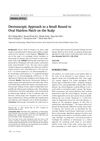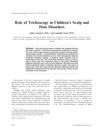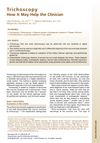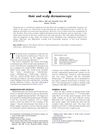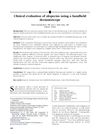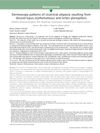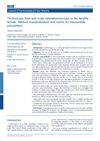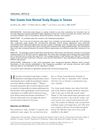Trichoscopic Clues for Diagnosis of Patchy Scalp Alopecia in Egyptian Patients
January 2019
in “
The Egyptian Journal of Hospital Medicine
”
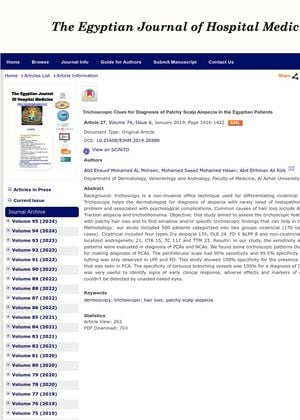
TLDR Trichoscopy helps effectively tell apart different types of patchy hair loss in Egyptian patients.
The study "Trichoscopic Clues for Diagnosis of Patchy Scalp Alopecia in the Egyptian Patients" conducted by Mohamed Saeed Mohamed Hasan and Abd Elrhman Ali Rizk in 2019 aimed to assess the trichoscopic features in 500 Egyptian patients with patchy hair loss. The patients were divided into two groups: cicatricial (176 cases) and noncicatricial (324 cases). The study found that trichoscopy, a non-invasive technique, was effective in differentiating between these two types of alopecia. The perifollicular scale had a 90% sensitivity and 99.5% specificity for a diagnosis of cicatricial alopecia. Hair tufting was only observed in Lichen planopilaris (LPP) and Folliculitis decalvans (FD). The study also found 100% specificity for the presence of each blood vessel pattern seen in cicatricial alopecia. The specificity of tortuous branching vessels was 100% for a diagnosis of Discoid lupus erythematosus (DLE). The study concluded that dermoscopy was very useful in identifying signs of early clinical response, adverse effects, and markers of disease activity.
